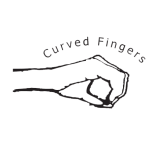| Icon | Description | |
|---|---|---|
 | Posture Aim to sit with a straight back with both feet resting on the floor. Make sure your waist is level with the top of the piano keys. Adjust your seat if necessary. | |
 | Lamp Have a direct light above your sheet music so that you can read clearly. Whether you have printed out the music onto paper, or you are reading from a mobile device, having a direct light avoids eye strain. | |
 | Curved Hands Imagine that you have half an orange in your hand! That is the perfect shape to play the piano. Press each curved finger down from the knuckle to play the individual keys. Also make sure your thumbs are always on the white keys. | |
 | Legato Legato is an Italian musical term which means play the notes smooth and joined. To do this treat each finger as a seesaw. Rock and join one finger to the next, creating a smooth legato sound. | |
 | Metronome A metronome is a device to help you play in time. The metronome ticks at a steady beat which you set. Dance music is generally 120 BPM (beats per minute). Aim to practice at a slower steady speed until you are familiar with the piece. Tip: Always count yourself in! | |
 | Eyes Using your eyes efficiently is probably the most important part of reading piano sheet music. The aim is to read both sets of notes (for left and right hand) equally. This is called “saw tooth” reading where your eyes move up and down. Always look forward and avoid looking at the piano except where necessary. | |
 | Loop Always aim to make the best use of your practice time. Create a loop of one or two difficult bars. Practice the loop until you can play it correctly three times in a row. Then create another loop and repeat the process. |

